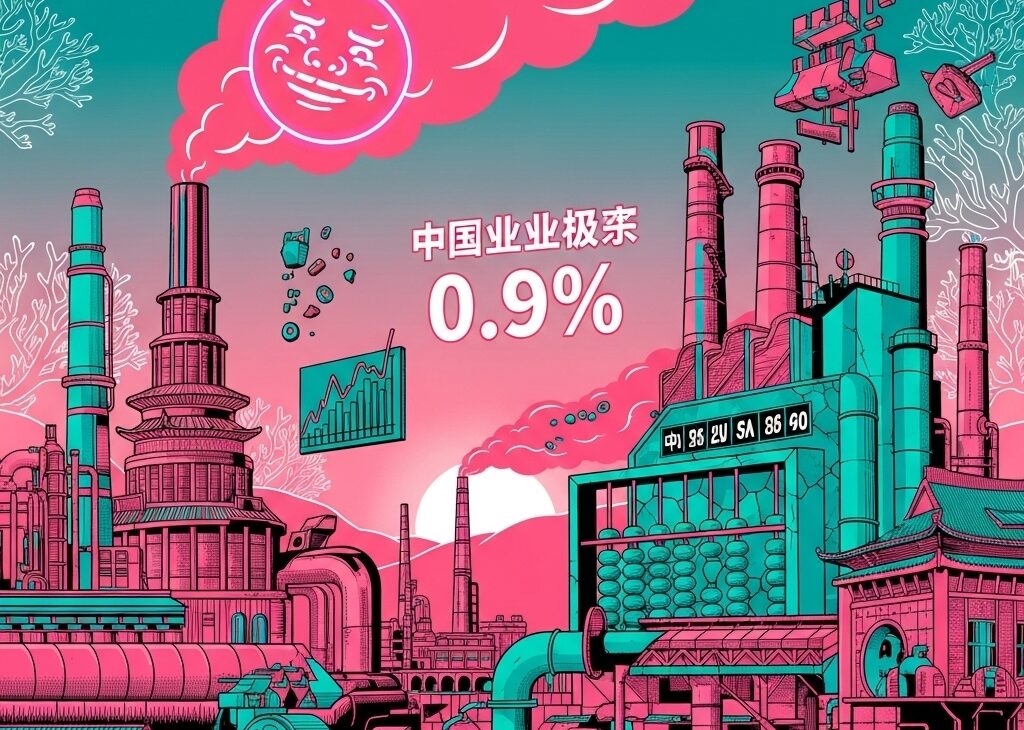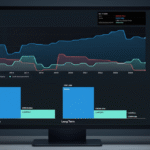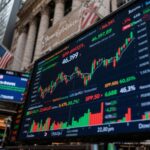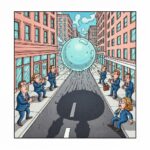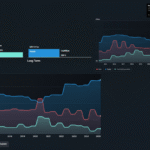China’s industrial sector showed signs of stabilization in the first eight months of 2025, with profits rising 0.9% year-over-year despite ongoing economic challenges and persistent demand weakness that continues to weigh on the world’s second-largest economy.
The modest upturn represents a significant improvement from the 1.7% decline recorded in the January-July period, according to data released Saturday by China’s National Bureau of Statistics (NBS). The recovery was primarily driven by a strong performance in August, when industrial profits surged 20.4% compared to the same month last year, marking a sharp reversal from July’s 1.5% year-over-year decline.
Government Intervention Shows Results
The positive momentum appears linked to Beijing’s recent efforts to curb destructive price competition across key industrial sectors. Intense price wars in automobiles, solar panels, and other strategic industries have severely compressed business margins as companies sacrificed profitability to gain market share.
The government’s crackdown on aggressive pricing strategies is beginning to show results, with factory-gate prices experiencing smaller declines. This intervention has provided some breathing room for manufacturers who had been caught in a cycle of racing to the bottom on prices.
However, the recovery remains fragile. Electric vehicle giant BYD, one of China’s most prominent success stories, reported its first quarterly profit decline in three and a half years, illustrating how even market leaders are not immune to the sector’s challenges.
Demand Weakness Persists
Despite the improved profit figures, underlying demand conditions remain concerning. Both factory output and retail sales posted their weakest growth rates since last year in August, highlighting the persistence of economic headwinds.
The continued weakness stems largely from a prolonged downturn in China’s property sector and deteriorating labor market conditions. These factors have dampened consumer confidence and spending, creating a challenging environment for businesses across the economy.
Mixed Performance Across Ownership Types
The profit recovery has been uneven across different types of enterprises. State-owned firms continued to struggle, with profits falling 1.7% in the first eight months of the year. This decline reflects the particular challenges facing China’s large state enterprises, which often operate in sectors facing overcapacity and intense competition.
Private sector companies fared better, recording a 3.3% increase in profits, while foreign firms posted a modest 0.9% gain. The relatively stronger performance of private enterprises suggests greater operational flexibility and efficiency in navigating the challenging economic environment.
Policy Constraints and Future Outlook
Chinese policymakers face a delicate balancing act as they consider additional economic support measures. Authorities have been reluctant to implement major stimulus programs, partly due to concerns about overheating the stock market, which has already seen significant gains this year.
However, recent interest rate cuts by the U.S. Federal Reserve may provide China’s central bank with additional policy space. Lower U.S. rates could reduce the risk of capital flight and yuan depreciation, potentially allowing the People’s Bank of China to ease monetary policy without destabilizing the currency.
Broader Economic Implications
The industrial profit data covers companies with annual revenue of at least 20 million yuan ($2.81 million) from their main operations, providing a comprehensive view of China’s manufacturing sector performance.
While the 0.9% growth in January-August profits represents progress, the modest pace of recovery underscores the challenges facing China’s economy. Policymakers will need to carefully calibrate their response to support growth while avoiding the creation of new economic imbalances.
The coming months will be crucial in determining whether this tentative recovery can gain momentum or if additional policy interventions will be necessary to sustain industrial profitability and broader economic growth.


